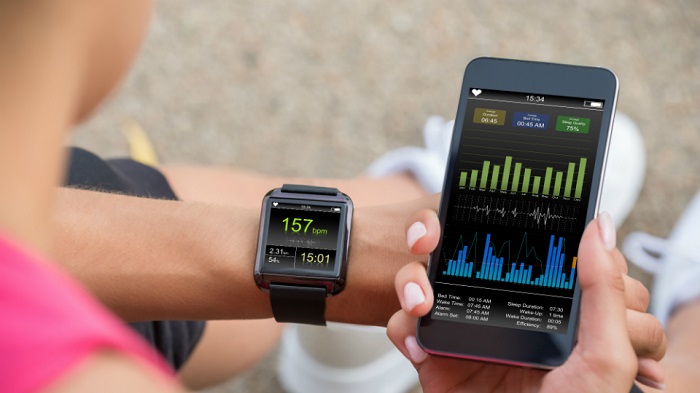These Are the Numbers You Should Really Know to Keep Track of Your Health

When it comes to going to the doctor, things can get a little intimidating if they start throwing out jargon and numbers we don’t understand. While it shouldn’t require an M.D. to get a checkup, it’s a good idea to have a general sense of what your doctor is testing for and what the results mean.
If something is really wrong, your doctor should tell you and send you for the necessary tests or treatments to take care of it, but a lot of the numbers you get back on a physical are logged over a period of time. It’s beneficial to understand those numbers so you can catch things like high blood pressure or cholesterol early when they are still treatable with lifestyle changes instead of medications.
Here are some of the numbers that are important to your health, what they mean and what your readings should be.
Blood Pressure
Your blood pressure and heart rate are two separate measurements and indicators of health. Blood pressure is about the force of blood flow rather than the number of times your heart pumps and is measured in millimeters of mercury (mm Hg). It’s important to look out for blood pressure because it is a good early indicator for heart disease and stroke risk.
Your blood pressure reading will look like a fraction with the top number indicating your “systolic” blood pressure (the maximum pressure your heart reaches as it contracts) and the bottom number indicating “diastolic” pressure (the minimum pressure your heart reaches as it relaxes).
Ideally, you want your blood pressure to be below 120/80 mm Hg. Don’t panic if you get heightened results at one doctor’s visit though. A lot of factors contribute to your blood pressure so you need to get heightened readings at multiple visits before you can officially be diagnosed with high blood pressure.
Body Mass Index (BMI)
Body Mass Index measures the total amount of tissue in your body and calculates if it is appropriate and healthy for your height. It is actually a better indicator of overall health than a weight measurement alone and indicates whether you are underweight, normal, overweight or obese.
BMI is calculated by taking your weight in kilograms and dividing it by your height in meters squared. A healthy BMI is between 18 and 25.
Waist Circumference
Possibly even more important than BMI is waist circumference since recent studies have found that an increased midriff puts you at a greater risk for diabetes, heart disease and stroke more so than weight carried in other places on the body.
Women should have a waist circumference of no more than 35 inches to remain in a healthy range and men should ideally be below 40 inches. This measurement is one you can do on your own and the Heart and Stroke Foundation can show you how.
Resting Heart Rate
Your resting heart rate is how many times your heart beats in a minute when you are not exerting yourself. In general, a lower heart rate means each beat is more efficient (which is a good thing) but if you are not an elite athlete, a reading lower than the healthy range may be a concern. Ideally, an average adult should have a heart rate of between 60 and 100 beats per minute (some serious athletes have been known to have resting heart rates as low as 40 bpm, but that’s an exception).
Bone Mineral Density (BMD)
A BMD test is like an X-ray and looks at bone density to test for osteoporosis. It takes a measure of bone density at the hip and spine areas and compares it to the average reading from a healthy 30 year-old person.
The optimal BMD reading is 0 (meaning you have the same bone density as a healthy 30 year-old) but anything between -1 and 1 is within a healthy range. Any reading beyond the range on either side is cause for concern.
Story Credit: http://www.theloop.ca/numbers-really-know-keep-track-health/


